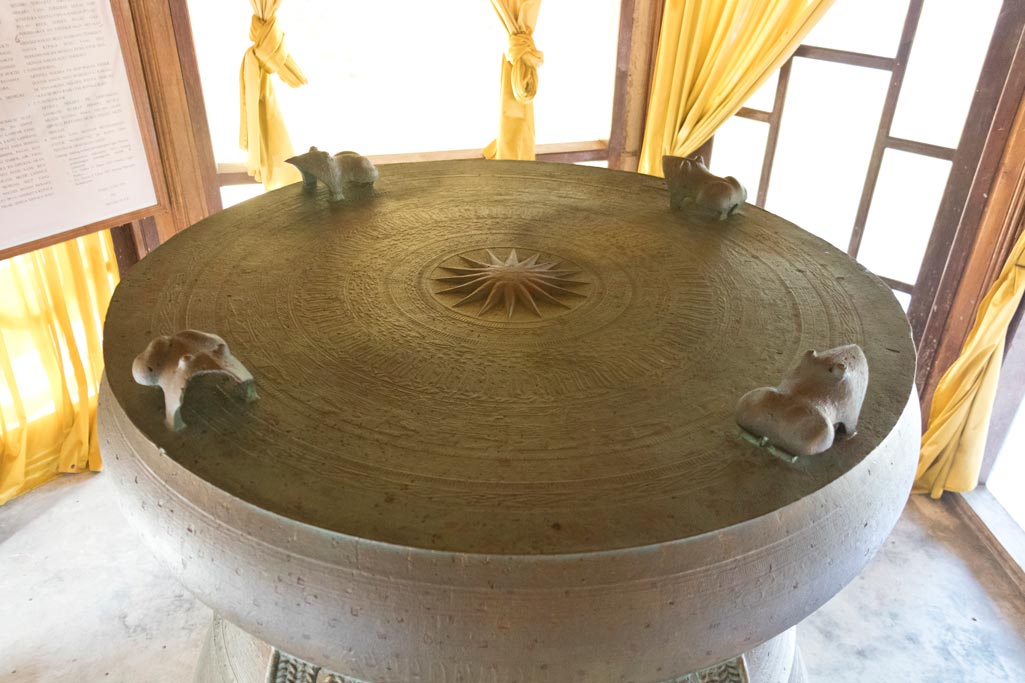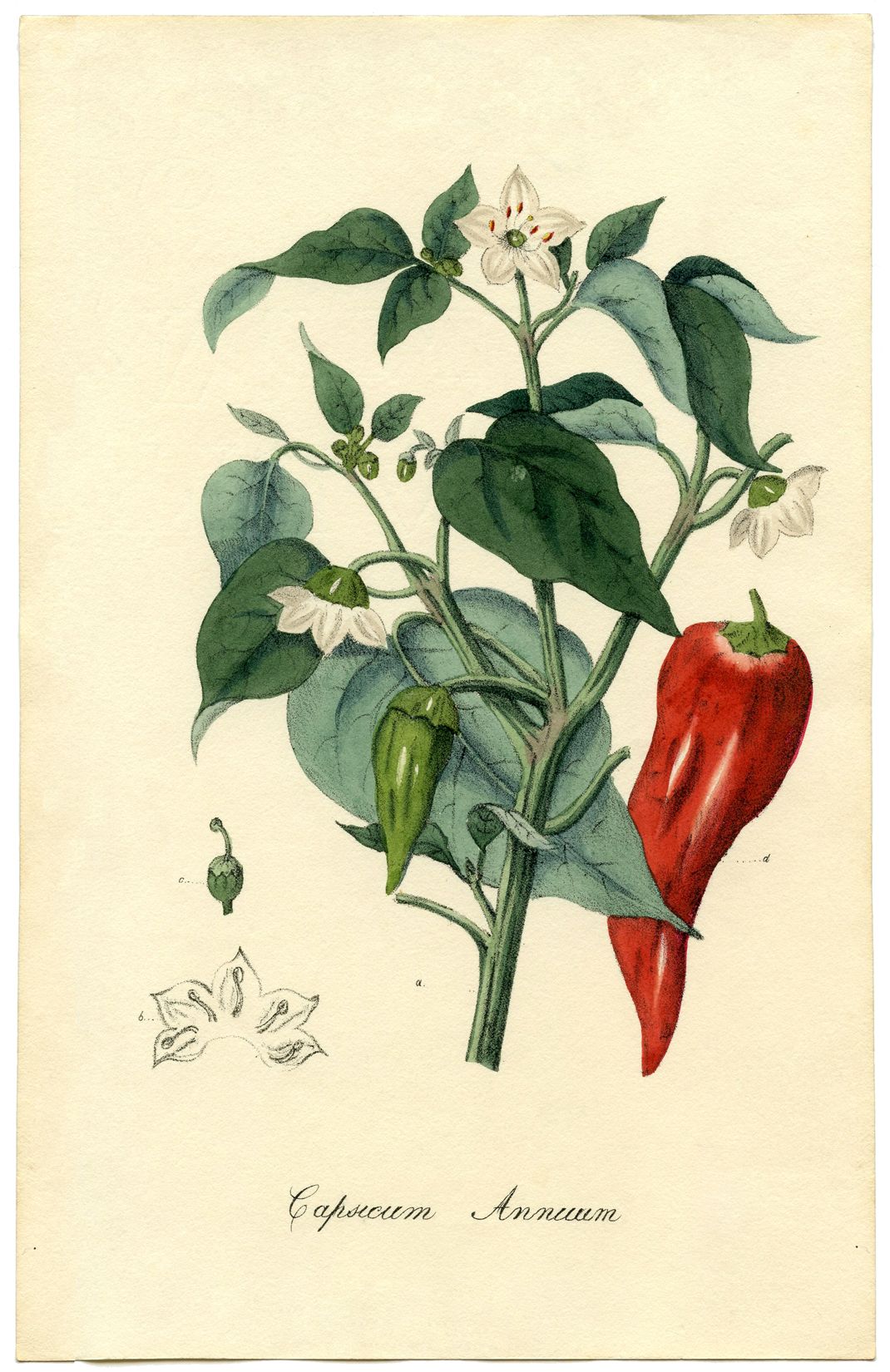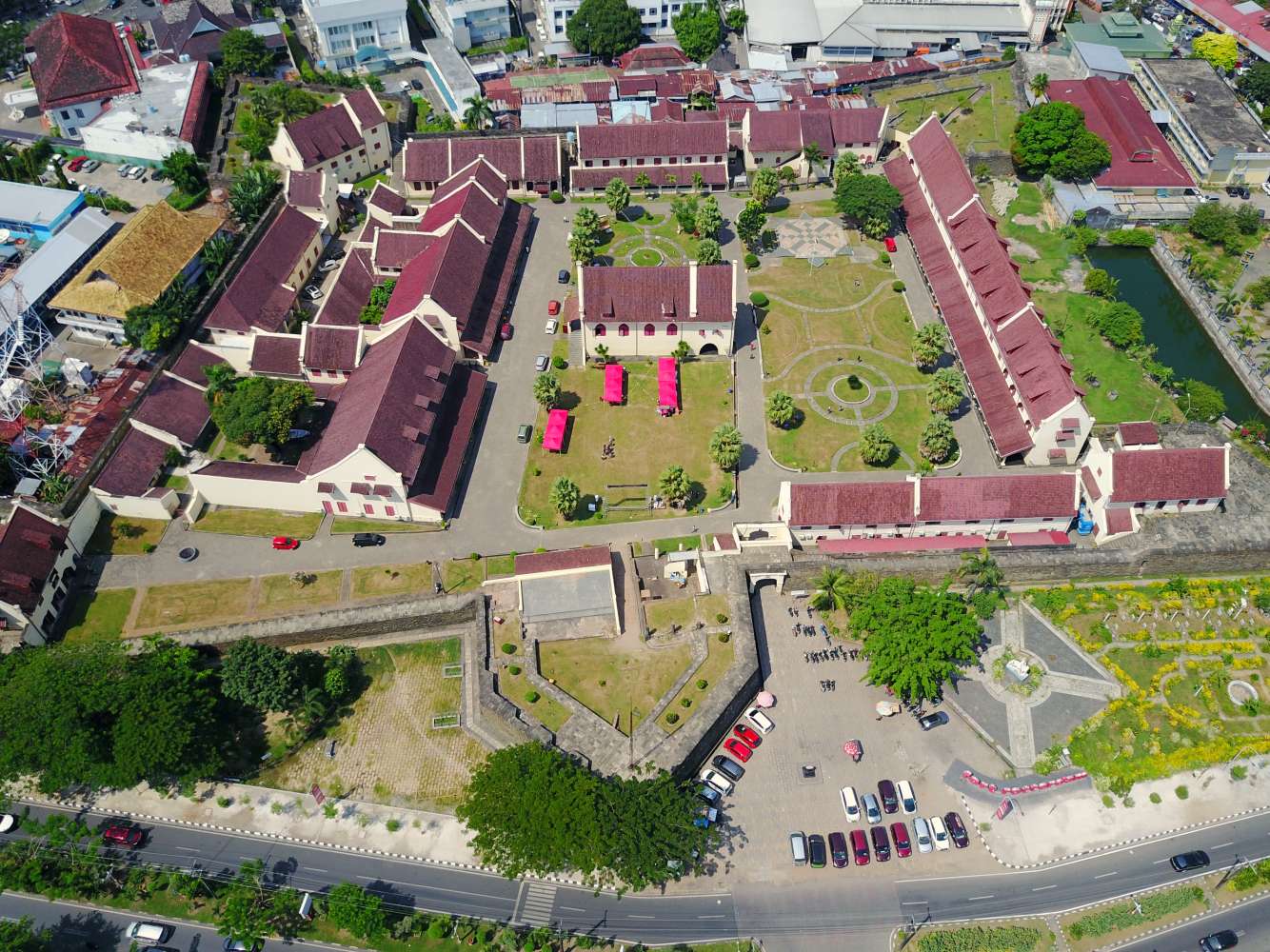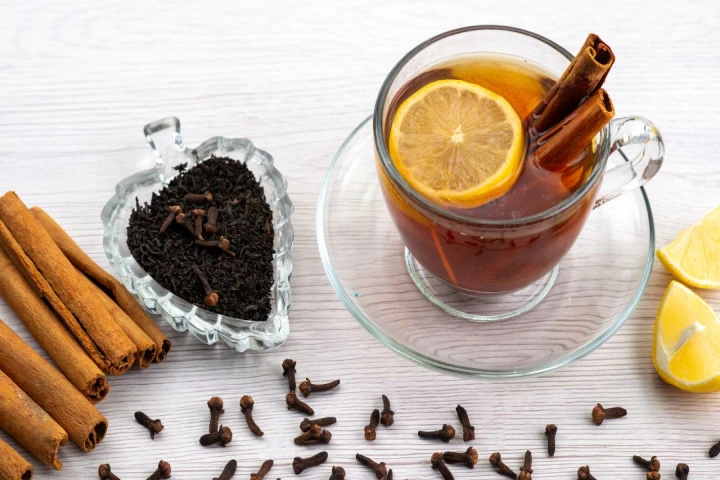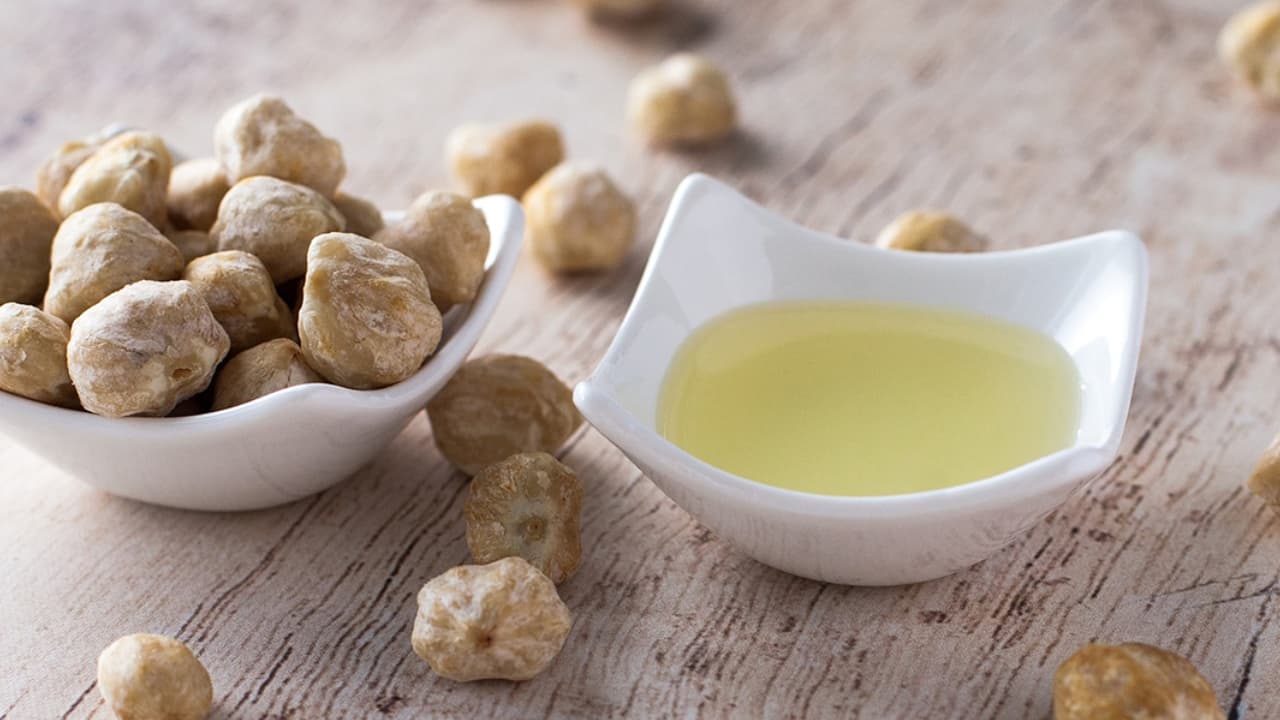
Besides the enchanting natural landscape, we cannot separate Bali from its cultural diversity. We can see the diversity through the traditional fabric of the Land of Gods. Gringsing woven fabric is an interesting example.
Gringsing is the only Indonesian traditional fabric that uses the double ikat technique. The patterns are dominated by three colors (Tridatu); red, yellow, and black.
An exciting fact is that all the colors come from natural colorants in the making of gringsing patterns. The materials include ‘babakan’ or white kepundung tree [baccaurea racemosa] mixed with noni root bark to produce red color, candlenut oil mixed with sawdust water to produce yellow, Taum tree to produce black.
Another exciting thing is that the colorant comes from the carefully chosen candlenuts. Usually, the candlenuts are directly taken from the Tenganan forest, and they have to be ripe. In other words, only those that fall to the ground can be used to make gringsing.
It is in line with customary law that states we cannot pick some particular trees. Instead, they have to be left until they are ripe and fall to the ground. Luh Widiartini, a gringsing weaver whom we met in Tenganan Village, explained the next process after they got the ripe candlenuts. “We chop and fry the candlenuts, and then we squeeze them until they release the oil, then we add sawdust water.”
“The mix,” she added, “is used to soak the thread for about 40 days until one year. During the process, we change the water every 25-49 days. The longer the soaking, the softer the thread will become.”
The thread is lifted and aerated. When it is dried, we continue to make patterns with thread tying and marking processes using two-color raffia to create patterns.
“The process of gringsing woven fabric is fully hand-made. The thread comes from one-seeded cotton spun using a traditional spinning wheel,” added Luh Widiartini.
The people of Tenganan use the natural dark woven fabric in religious rituals, and it is believed to have a magical power. People also believe that gringsing can cure disease and ward off bad luck. Gringsing is also used in ceremonies in Bali, like tooth-filing, weddings, and other religious ceremonies.
Besides natural colorant, gringsing or “flame cloth” also applies a rarely used technique, called double ikat. Also known as ‘patola’, the technique is only found in Patan, Gujarat, India, and Tenganan, Bali, Indonesia. Specifically, it is located in Tenganan Village, Manggis District, Karangasem Regency, Bali. With all the processes that produce the most excellent cloth, Gringsing is priced three hundred thousand to tens of millions of rupiahs. The price depends on the pattern complexity and the length of the process.
Sources:
https://ojs.unud.ac.id/index.php/agrotrop/article/view/27209/17214
https://media.neliti.com/media/publications/291052-kajian-estetik-pengolahan-kain-gringsing-4fa0598f.pdf
An exclusive interview with Luh Widiartini, a Gringsing weaver from Tenganan Village, Manggis District, Karangasem Regency.
Naskah: Sista Sekartaji
Editor: Doni Ahmadi
Translator: Dhiani Probhosiwi



